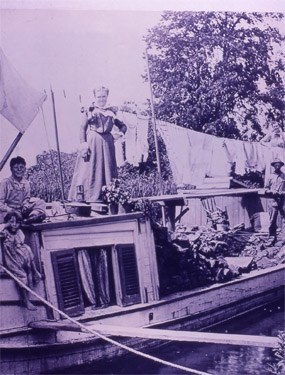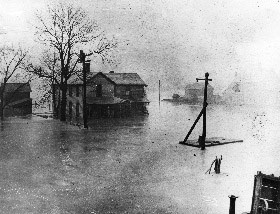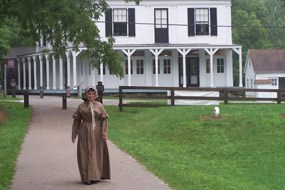
NPS Collection The Ohio & Erie Canal quickly changed the Cuyahoga Valley from a remote backcountry to an industrial region. When the Akron to Cleveland section of the canal opened in 1827, the valley’s pioneer settlements became boomtowns. Workers originally from Ireland and Germany flooded into Ohio to dig the canals for 30 cents a day. Quarries provided stone for canal locks and new buildings. The falling water of the locks was also used to turn waterwheels. Mills and small factories sprang up nearby, making everything from cheese and flour to bricks and lumber. The canal was a cheap way to ship anything made or grown in the valley to buyers back East or down South. In Their Own Words!
End of an EraThe valley’s canal boom years didn’t last very long. Railroads began to compete with the canal by the mid-1800s and were used more than the canal after the Civil War. The canals could only operate March to November, depending on ice, and at 4 miles per hour. Trains could operate all year and the early ones could go about 15 miles per hour. However, the Ohio & Erie Canal was still carrying coal north for Great Lakes boats and passengers south to Portsmouth in the early 1900s. 
NPS Collection The final blow to the Ohio & Erie Canal was the Great Flood of 1913. The devastating flood swept houses away, twisted railroad tracks, and drowned shops. The building that today is Canal Exploration Center was under so much muddy water that dirt ended up in its rafters. The flood also ruined the canal. It washed out banks. Locks were dynamited to release the floodwaters. The damage was too expensive to fix, ending the canal era in the Cuyahoga Valley. 
NPS / Arrye Rosser The park’s Canal Exploration Center was once a tavern, a general store, and a residence. Today it has displays about life along the canal. Outside the Canal Exploration Center is a restored canal lock where modern day people can learn a bit about 1800s canal technology and history. |
Last updated: November 17, 2021
